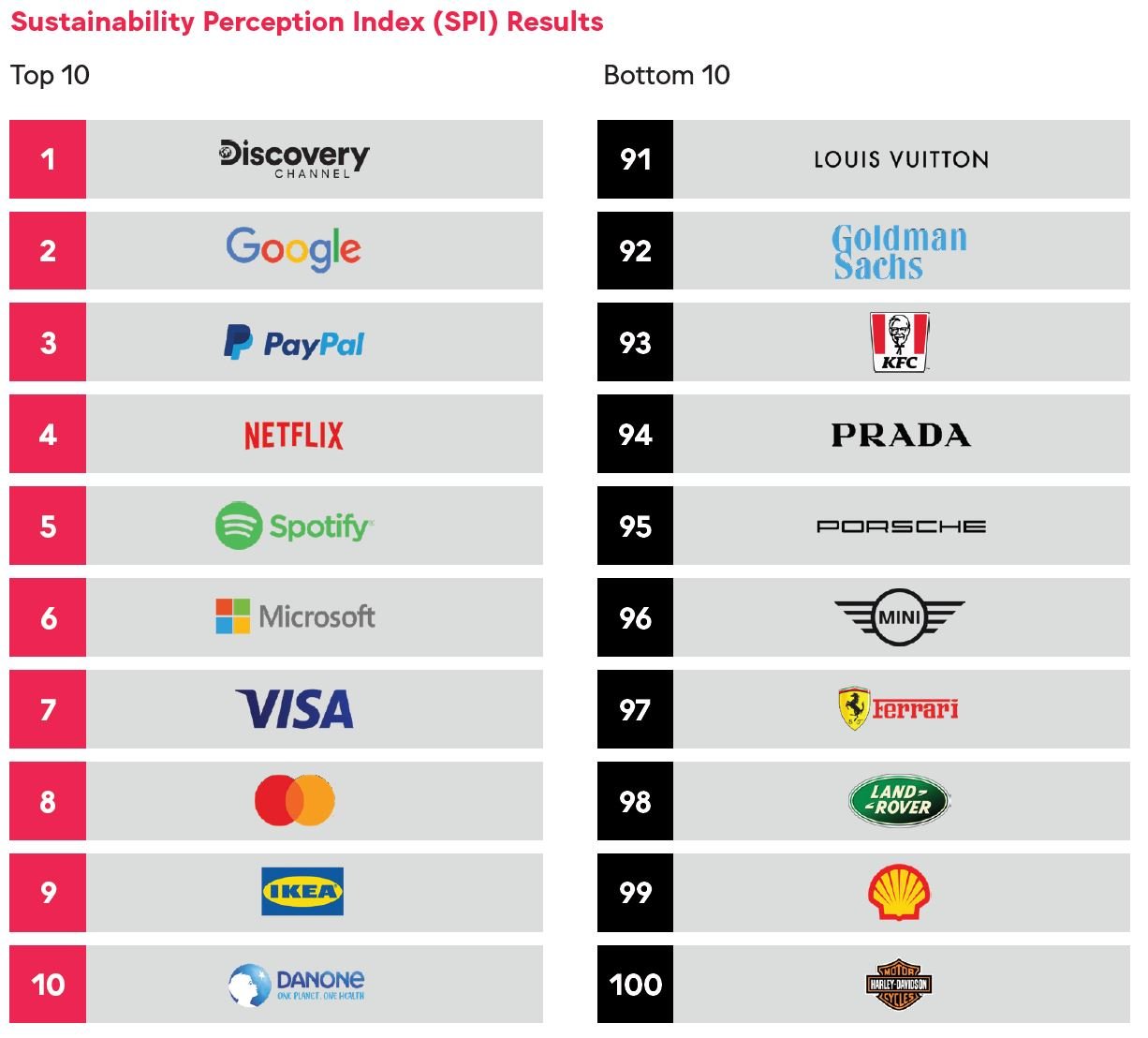Get analysis, insight & opinions from the world's top marketers.
Sign up to our newsletter.
It wouldn’t be the holidays without some crystal ball gazing. The WFA team predicts what will happen next year both in the wider world and internally within the marketing industry.
This year The Economist told us that we could be reaching peak CO2 emissions and the UK Advertising Association launched an ambitious plan to go ‘Ad Net Zero’. New reports suggest that advertising needs to be ‘controlled’ for promoting ‘consumerism, materialism and a work-and-spend cycle.’ There’s a groundswell of marketers who want to get serious on sustainability. In 2021, WFA will be working on a major new piece of research with our friends at Project Everyone, the people behind the UN Sustainable Development Goals.

New privacy laws heavily influenced by GDPR are coming into force in some of the world’s biggest ad markets, including in India, China and the US. Differences in rules, however, mean that we’ll see an increasingly fragmented privacy landscape. WFA will be tracking all of this in our WFA Global Privacy Map. But it’s not just a case of regulatory action; tech companies’ decisions to restrict the collection of data on their browsers or devices will require advertisers to rethink their data strategies and see the industry shift towards a ‘cookie-less’ future.
This year, regulators across the world continued to debate how much responsibility tech giants should take for the spread of harmful content online. At the same time, competition investigations in the UK, Australia and the US highlighted concerns around how platforms gather, process, use and monetise data, including for digital advertising purposes. All eyes are now on the EU as it prepares to introduce rules to make platforms more accountable for harmful content online and curb platforms’ market power by forcing them to share more data. Such new rules could help advertisers’ brand safety efforts and increase competition in the digital advertising market. The WFA will be working with members over the coming months to influence upcoming legislative proposals.
In 2019 both YouTube and TikTok were slammed with fines by the Federal Trade Commission, for alleged breaches of kids privacy laws. This year, GDPR actions surged in in Europe, with TikTok, YouTube and Instagram all facing investigations and even class actions for alleged breaches of article 8. YouTube, children’s #1 viewing platform, has fundamentally revisited its data collection practices whenever kids content is being watched so as to satisfy US regulators. 2021 will be the test whether this is enough for EU regulators looking through the lens of GDPR. More than ever, popular kids’ brands will need to risk assess engagement with young audiences on 13+ platforms.
UK Prime Minister, Boris Johnson’s, close-run in with COVID-19 has pitted him in a personal battle with ‘Big Food’ with his government proposing watershed TV restrictions and total bans of unhealthy food online. He’s not alone. Mexico, India and Thailand are all proposing sales bans on foods high in fat, salt and sugar to children under 18. As more regulators look to treat certain foods like tobacco, others have their sights on alcohol marketing. The world has become more health conscious thanks to Covid and we expect more food and alcohol marketing controls in 2021.
The marketing industry has always prided itself on being progressive but there’s plenty of research suggesting more must be done. Away from Covid, the #blacklivesmatter protests on the back of the brutal police murder of George Floyd was one of the key moments of the year. The industry needs to hold a mirror up to itself in 2021. If it can become truly representative of its consumer base, it could end up being a powerful force for positive change in promoting a more inclusive society. The WFA will be looking to get a global baseline for how inclusive our industry really is.
The role of company real estate, AKA offices, is undergoing a critical re-evaluation. Many companies are already trialling adapting their offices to become more focused on collaboration and innovation; more flexible in design to reflect the need for more agile working teams. For global marketers, the potential for change is even more extreme. Companies have already seen the opportunity to increase their potential talent pool by recruiting the best talent without the need for costly relocation. 2021 may witness a boom in less rigid working structures and transformed working spaces.
With limits on their out-of-home activities, people around the world developed new shopping behaviors that could be here to stay, with research showing that consumers are expected to make a bigger portion of their purchases online post COVID-19 than before. In response, marketing teams at most companies will be looking to strengthen their ability to thrive in the digital marketplace, which typically requires a broadening and deepening of their teams' e-commerce capabilities. In 2021, companies will put serious momentum behind their capability development programs, working to upskill their marketing teams to deliver consumer-centric e-commerce experiences and devoting more resources towards creative and immersive online shopping experiences. The WFA will be offering a platform for knowledge exchange on upskilling in the area of ecommerce with the Capability Forum.
The demise of the cookie has prompted some advertisers to question both the marketing science underpinning precision, as well as the ethics of using data collected, often at the expense of the consumer experience. While not giving up on data driven marketing wholesale, 2021 will see a continued shift back to the principles of driving reach against broader audiences and a focus on environments where there is more confidence about the quality of the impression and the consumer experience. For some, the costs attached to precision will not be worth the returns in 2021.
In 2020 agencies have had to drastically review their structures and staffing models to maintain their financial health and clients have realised that a well-managed agency is a competitive advantage. 2021 will be the year where client and agencies focus on fundamentals and truly work together towards mutual trust, performance and growth. This will mean greater investment in collaborative tools to optimise ways of working on both sides, better evaluation processes that allow agencies to feel comfortable to tell the truth and clients to take their feedback into consideration. There will be stronger incentivisation models that are flexible for clients but still motivating for the agency talent working on their account.
For more information or questions, please contact us




